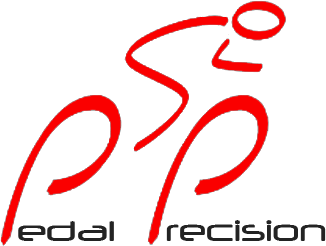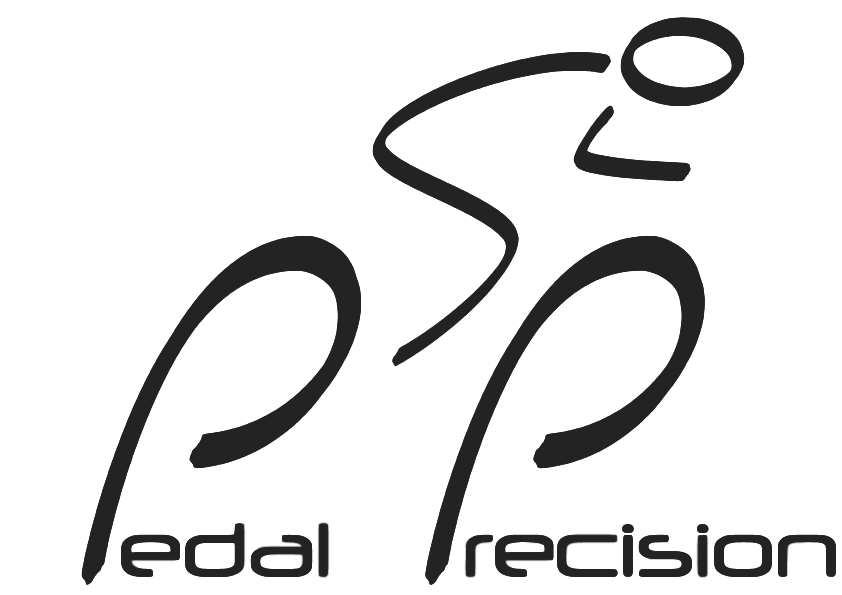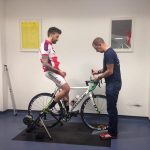Hi All,
As promised, I wanted to start getting some more instructive and informative posts out there for you all and this had to be the first. I have read a number of articles on saddle height measurement and achieving the perfect position in the last few weeks. In fact I would go so far as to say there has been an epidemic of them in magazines and on cycling websites across the board. Don’t get me wrong, they are all quite useful, there are many things in them that still ring true and will certainly help you get a good position for your perch.
The thing that I think is missing a little however is the human element. I have lost count of the number of times I have spoken about things like this to people who come and see me, or stop me at an event or show to ask for some advice. In my humble opinion, there is just an extra layer of thinking that if applied properly can help riders really get the most from their saddle position and in turn their riding.
What is this missing link I hear you cry? Well, it’s all about how your lower limb functions as a muscular, biomechanical “machine”. All the methods spoken about in books etc rely on either a measurement of knee angle at the bottom of the pedal stroke and a corresponding window that everyone should fit into, or use a mathematical equation to calculate the height based on one measurement or another. What these methods fail to take into account is the proportions of a riders leg (femur versus tibia length), how that leg works in the real world, stiffness or injury history of hip/knee/ankles, at what angle that individual person gets most of their power, and how that particular leg behaves as it goes through the power phase of the pedal stroke.
To take the angle of the knee as an example, I see many different riders on their bikes and you would be surprised at how different angles work better or worse for different riders. Some people will be getting into their most powerful range of movement, just as someone else is finishing theirs. I admit, that in general there is a phase of the range of movement acted on by a muscle where it can exert most pressure, but that phase can differ significantly between the anatomy of different riders. Clearly, it is not possible to scan a rider before a fitting in order to assess exactly where his/her muscles originate and insert, but simply to bear this in mind as we narrow down the perfect saddle height might make us approach things a bit differently.
Using a calculation of inside leg-length will invariably result in a saddle height that is there or there-abouts, but they may not be getting the most of every pedal stroke. When we look at a riders legs working, we film in slow motion. This allows us to look closely at how the rider is recruiting each of the key muscle groups during the power-phase of the pedal stroke. In essence this means that we can adjust the saddle height in order that the rider is working within THEIR own most effective range of movement, rather than the accepted range of movement according to ‘the rules’.
A similar process works really well for the position that you can achieve for the fore/aft of the saddle. The accepted norm is that a rider needs to be able to draw a straight line from a point on their patella (knee-cap) down to the centre of the pedal axle. Depending on which article you read the place on the knee to measure this changes frequently, and remember those knobbly knees contests in holiday parks from the 70s’? No, well, let’s just say that there’s a whole variety of knees out there, and whilst they all perform the same basic function, there are many things that will make a knee behave slightly differently, so each pair of knees should be treated separately in order to get the most out of every turn of the cranks.
Taking an individualised approach like this means it is possible to adjust the saddle fore and aft whilst looking closely at the activation of the muscles of the thigh. It is possible to fine-tune the position until you achieve the smoothest delivery of power for the greatest portion of the pedal stroke on each side and minimise the activation of any muscle that is not contributing to power-transfer. Finding this perfect position for the pathway of the knee also means you can minimise the chances of added pressure across the kneecap and reduce the risk of chronic, overuse injury as a result.
At this point, I can hear some of you say “well that method is just a way to make us come for a bike fit!” but with todays technology, you can try things yourself too, take a clip with you generic fruit or robot-named smartphone, use the ‘slo-motion’ function and adjust saddle position to see how it effects how smoothly you are pedalling…… and of course, if you are not sure, we’re here to help 😉





